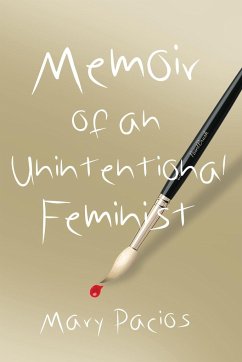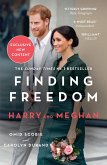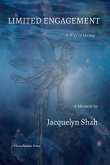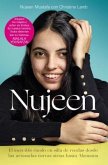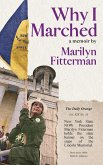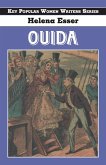Joy, at the end of World War II, turns to despair for thirteen-year-old Mary Pacios when her friend, the neighborhood beauty is murdered. Mary's despair is compounded a few months later when her mother leaves. Pregnant by her high-school sweetheart, at age seventeen Mary is forced to drop out of school and marry. Five years later Mary is a divorced, single parent living in the Columbia Point Housing Project with her three children. She wends her way through the repressive 1950s, supported by a community of women who live in the project. Mary refuses a dean's request to quit art school because he believes she belongs at home "taking care of her children properly." Mary graduates, while working as a waitress in a famous Boston jazz club to support her family. Mary and her three children move to California with her second husband where she finds herself in the crux of the Bay Area's 1960s protest movements - civil rights, United Farmworkers, anti-war, People's Park. As a co-founder of a Berkeley environmental group, with a small cadre of volunteers she helps to produce educational leaflets and essays and organize events. Mary continues developing as an artist and exhibiting her work. Moving to the Central Valley of California, Mary struggles to find a balance between environmentalism and her art. At a California state university she begins the relief printing process for which she becomes well known and graduates with honors. Unjust treatment by "true crime" writers and the sensational media coverage of her childhood friend's death drive Mary to examine her own past and search for the truth surrounding her friend's murder.
Hinweis: Dieser Artikel kann nur an eine deutsche Lieferadresse ausgeliefert werden.
Hinweis: Dieser Artikel kann nur an eine deutsche Lieferadresse ausgeliefert werden.

